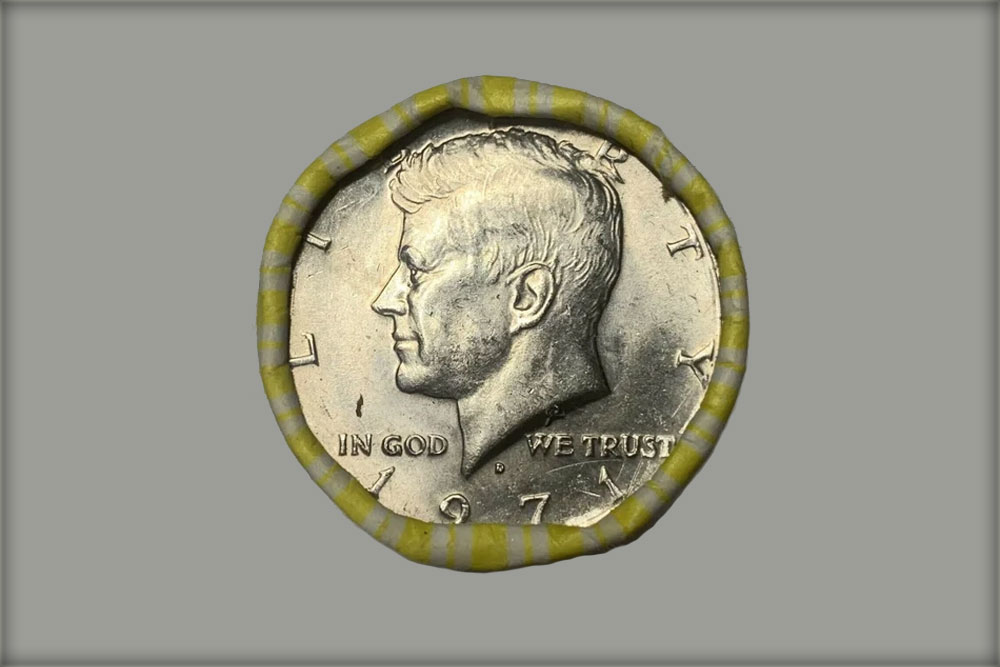Securitization is a financial process whereby an asset or group of assets is transformed into a security. The security can then be sold to investors as a means of raising capital. Traditional securitization involves the use of a legal entity, such as a special purpose vehicle (SPV), to issue securities backed by assets. However, a new innovation known as the Wrapper is revolutionizing securitization by providing a direct securitization system that creates a co-ownership without the need for a legal entity in-between.
In recent years, the rise of cryptocurrencies and digital assets has brought about new innovations in the world of finance. One such innovation is the Wrapper, a direct securitization system that creates a co-ownership structure without the need for a legal entity in-between. The Wrapper encompasses or wraps a range of digital assets, including cryptocurrencies, tokens, coins, stable coins, and non-fungible tokens (NFTs), and transforms them into valid pass-through securities, making them tradable on a regular securities market.
The Wrapper achieves this through the use of a smart contract, a self-executing contract with the terms of the agreement directly written into code. Smart contracts operate on the blockchain, making them transparent, tamper-proof, and verifiable. The smart contract ensures that the co-ownership structure is managed efficiently and effectively, with each co-owner’s rights protected.
The Wrapper provides a new way of securitizing digital assets, creating a direct link between the asset and the securities market. This eliminates the need for a legal entity, such as a special purpose vehicle (SPV), which is traditionally used in securitization. By securitizing the underlying asset, the Wrapper transforms it into a valid pass-through security, making it tradable on a regular securities market.
This has significant implications for the liquidity and diversification of digital assets. By securitizing the underlying asset, the Wrapper unlocks new opportunities for investors to trade in digital assets on a regular securities market, opening up access to a wider range of potential buyers and increasing the potential liquidity of the asset.
In addition, the Wrapper also provides new opportunities for risk management. By securitizing the underlying asset, the Wrapper allows investors to diversify their portfolios, spreading their risk across a range of assets. This can help to mitigate the risk of investing in a single asset or digital asset class.
The Wrapper also has implications for regulatory compliance, as it provides a more transparent and secure way of securitizing digital assets. The use of smart contracts ensures that the terms of the agreement are enforced, and that the co-owners’ rights are protected. This reduces the potential for fraud or misuse of the digital asset.
In conclusion, the Wrapper is a revolutionary innovation in the world of securitization. It provides a direct securitization system that creates a co-ownership structure without the need for a legal entity in-between, transforming digital assets into valid pass-through securities and making them tradable on a regular securities market. The Wrapper unlocks new opportunities for liquidity, diversification, and risk management, while also providing a more transparent and secure way of securitizing digital assets. As the world of digital assets continues to evolve, the Wrapper and other innovations like it will continue to shape the future of finance.







